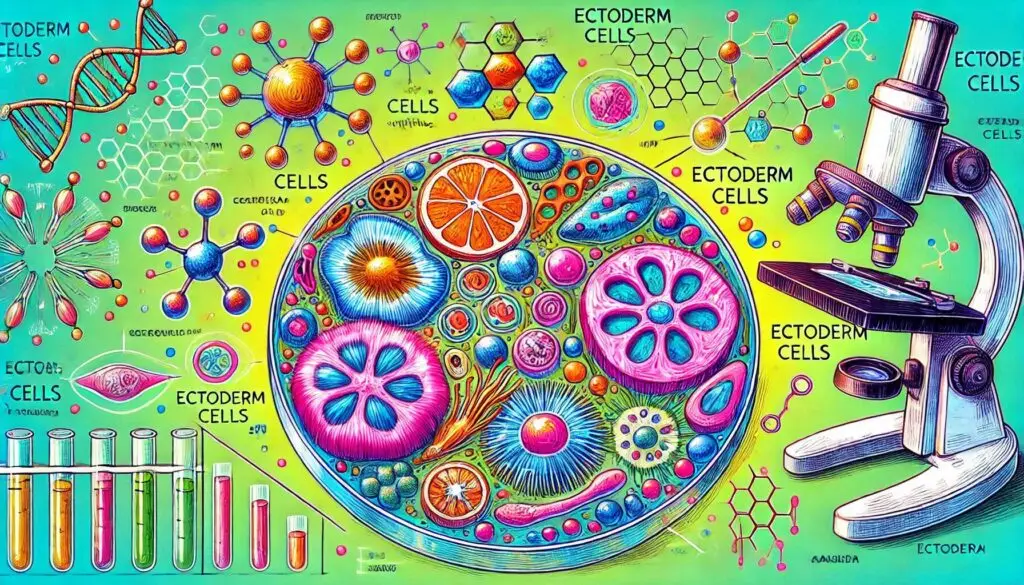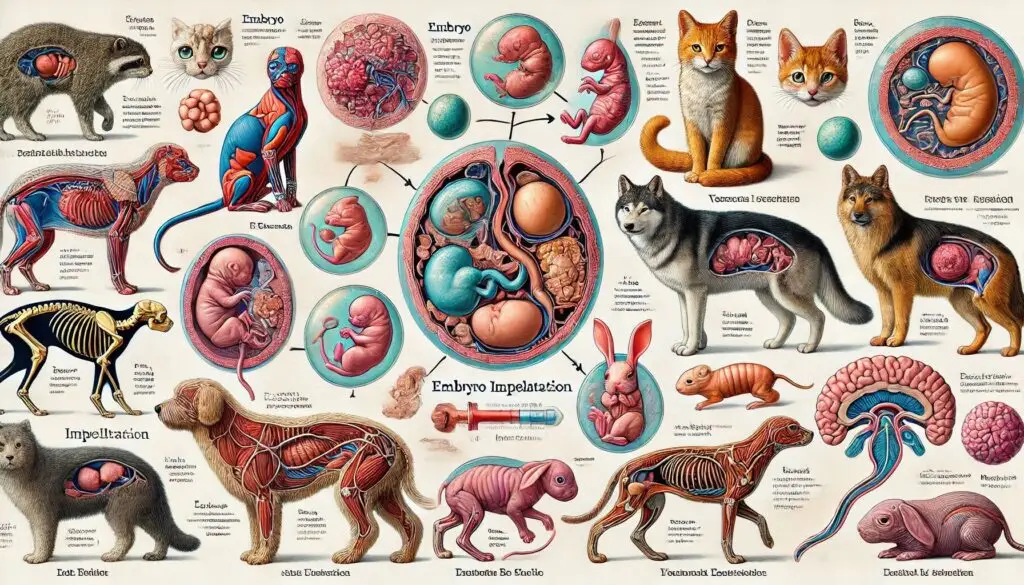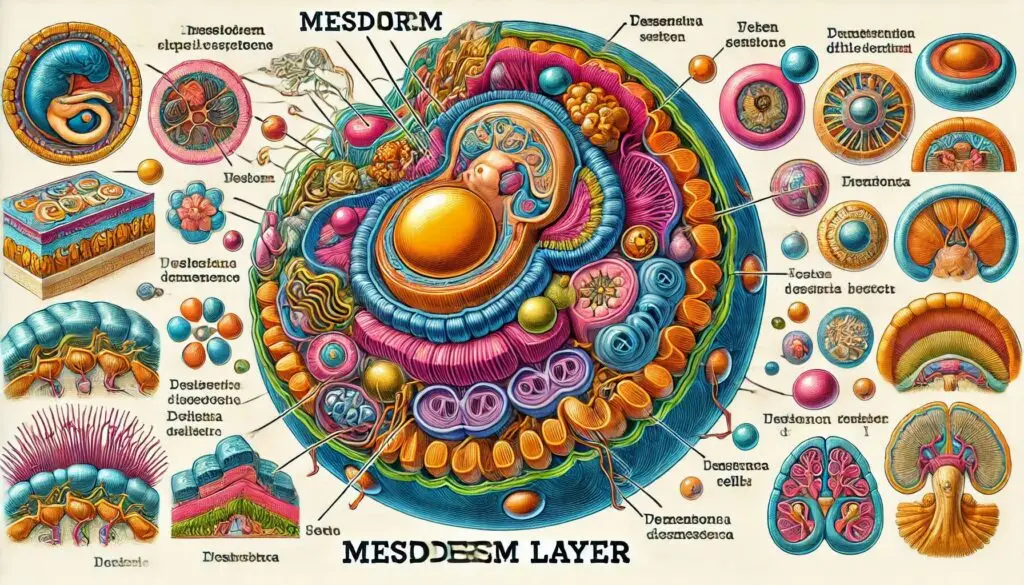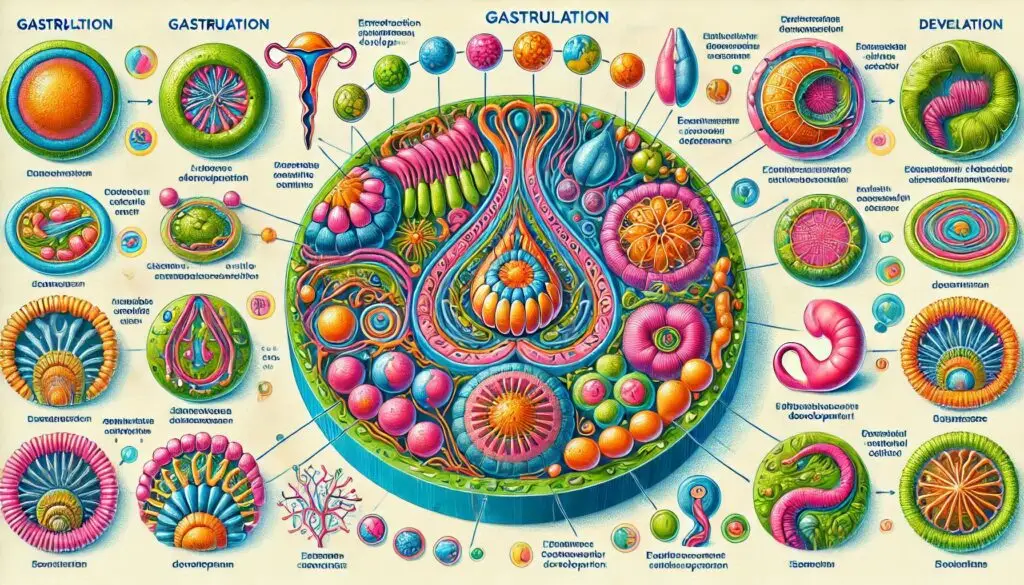Ectoderm

Introduction to Ectoderm
The ectoderm is one of the three primary germ layers formed during early embryonic development. It plays a crucial role in developing various structures and systems in the body. Understanding the ectoderm helps us appreciate how our bodies form and function.
What is Ectoderm?
Ectoderm is derived from the Greek words ektos, meaning “outside,” and derma, meaning “skin.” It is the outermost layer of cells in a developing embryo. During a process called gastrulation, this layer forms alongside the mesoderm (middle layer) and endoderm (innermost layer).
For more detailed information about gastrulation, you can visit Nature Reviews Molecular Cell Biology.
Formation of Ectoderm
Gastrulation Process
Gastrulation is a critical phase in embryonic development. It transforms a single-layered blastula into a multi-layered structure called the gastrula. During this process:
- Cell Movement: Cells migrate to form distinct layers.
- Layer Formation: The ectoderm, mesoderm, and endoderm are established.
This process sets the stage for further differentiation into various tissues. For more insights into gastrulation, check out Cell.
Development Timeline
The ectoderm begins to form shortly after fertilization. By the end of the third week of embryonic development, it has already started differentiating into various structures.
Derivatives of Ectoderm
The ectoderm gives rise to several important structures in the body. Here’s a closer look at its main derivatives.
Surface Ectoderm
The surface ectoderm primarily contributes to:
Skin
The skin’s outer layer, known as the epidermis, originates from surface ectoderm. This layer serves as a protective barrier against environmental factors such as pathogens and UV radiation.
For more on skin biology, refer to Dermatology Times.
Hair and Nails
Both hair follicles and nails develop from surface ectoderm. These structures play essential roles in protection and sensory perception.
Glands
Surface ectoderm also forms various glands:
- Sweat Glands: These help regulate body temperature.
- Sebaceous Glands: These produce oil that keeps skin moisturized.
Neuroectoderm
Neuroectoderm is another critical component derived from ectoderm. It develops into:
Nervous System
The nervous system arises from neuroectoderm through a process called neurulation. This process leads to the formation of:
- Central Nervous System (CNS): Comprising the brain and spinal cord.
- Peripheral Nervous System (PNS): Connecting the CNS to limbs and organs.
For more information on neural development, visit Frontiers in Neuroscience.
Sensory Organs
Neuroectoderm also contributes to developing sensory organs:
- Eyes: The retina and lens originate from neuroectoderm.
- Ears: Structures involved in hearing also develop from this layer.
Functions of Ectoderm
The ectoderm serves several vital functions in human anatomy:
Protection
One of its primary roles is to provide protection. The skin acts as a barrier against harmful substances and pathogens. It also prevents water loss from internal tissues.
Sensory Perception
The ectoderm contributes significantly to sensory functions. It forms receptors that allow us to perceive touch, temperature, pain, and other sensations.
Nervous System Development
Ectoderm is crucial for developing both central and peripheral nervous systems. This development enables communication between different body parts.
Importance of Ectoderm in Development
Understanding the ectoderm’s role is essential for several reasons:
Birth Defects
Abnormalities in ectoderm development can lead to various congenital disorders. Conditions like spina bifida arise when neural tube closure fails during early development.
To learn more about congenital disorders related to ectodermal defects, visit CDC – Birth Defects.
Evolutionary Significance
Studying ectodermal development provides insights into evolutionary biology. It helps scientists understand how complex organisms evolved from simpler forms.
Conclusion
In summary, the ectoderm is a vital germ layer that forms protective outer structures like skin while also playing a significant role in developing complex systems such as the nervous system. Its proper differentiation is crucial for normal embryonic development and organ system functioning.
By understanding the importance of ectoderm, we can better appreciate human biology and address related health issues effectively.
More from Veterinary Anatomy:
Corpus Albicum






Responses